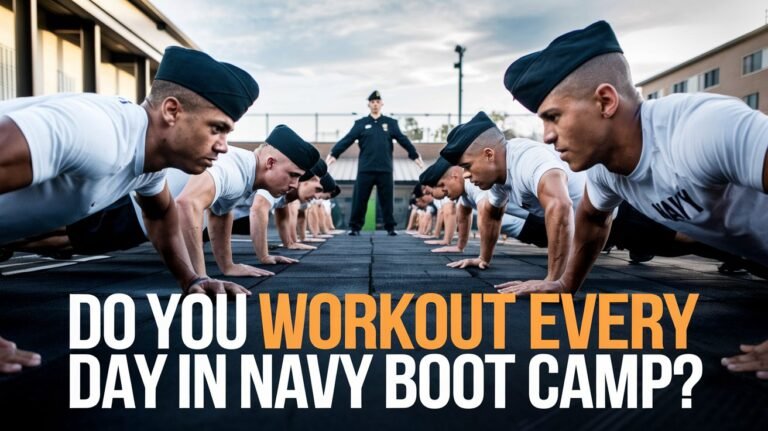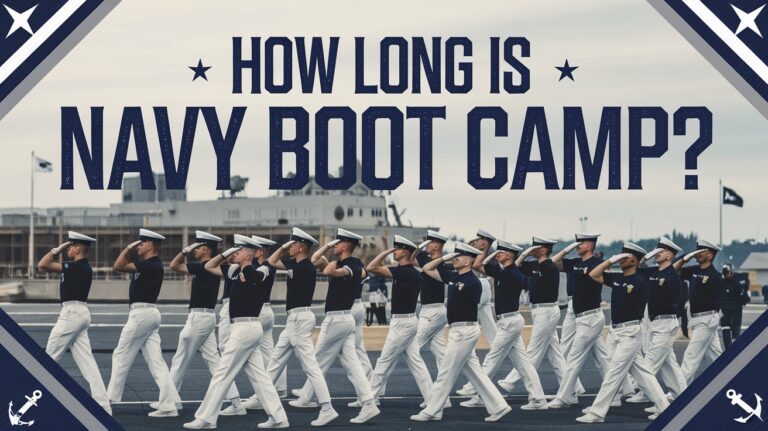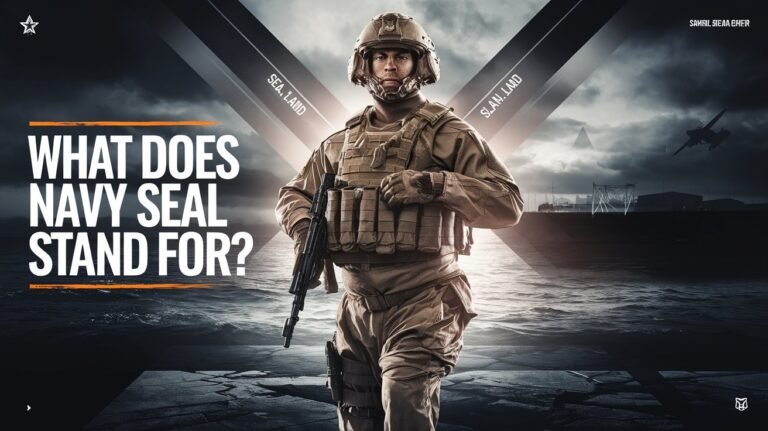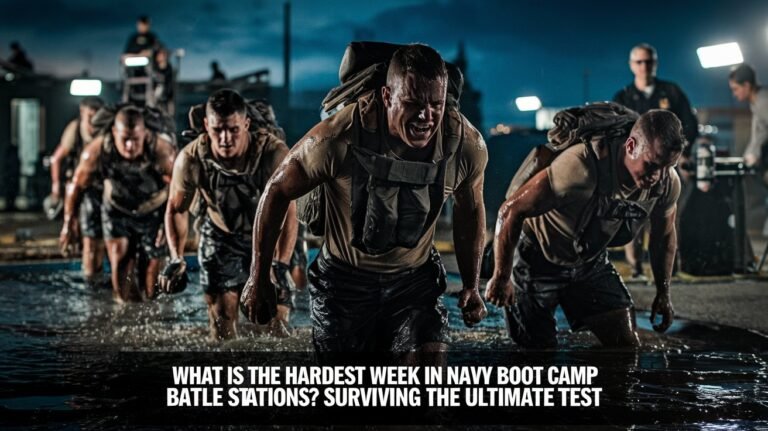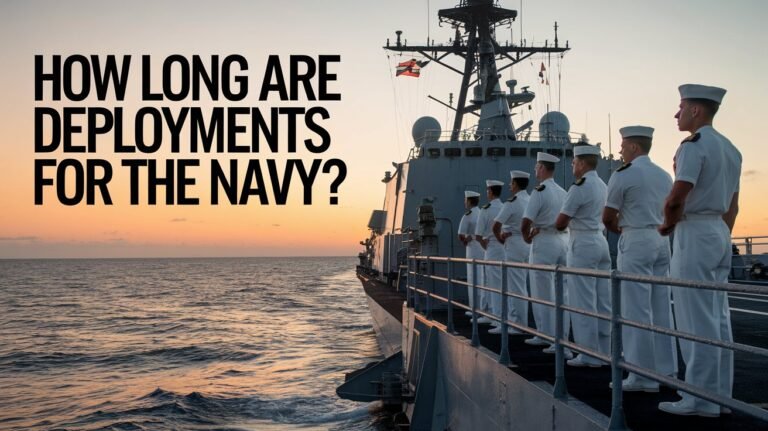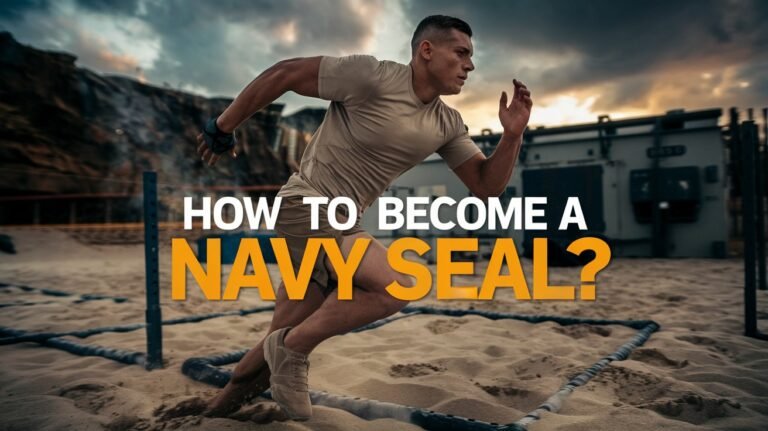Are There Female Navy Seals? History, Challenges, and Requirements
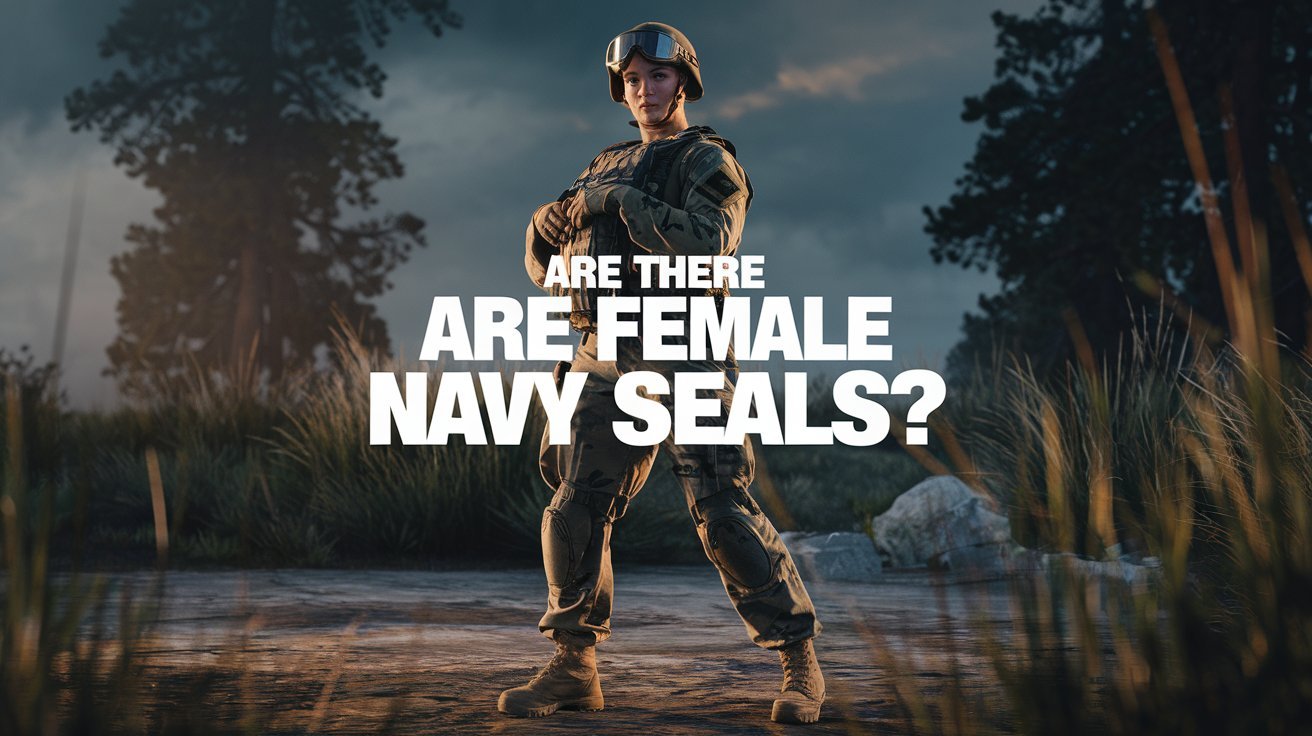
To understand what is a navy seal, it’s key to know the Navy SEALs are an elite US Navy unit. Their role is as special operations forces. The training is tough, both physically and mentally, lasting 6 months.
It’s so challenging that 75% of those who start don’t finish. This shows how hard navy seal training is.
The idea of women joining the Navy SEALs has been talked about for a while. Recently, a female officer passed the Navy SEAL officer training course. This is a big step forward.
We’ll look at the steps for women to join this elite military group. We’ll cover the requirements, challenges, and chances of becoming a Navy SEAL. This includes the Armed Services Vocational Aptitude Battery (ASVAB) score and vision needs for training.
Military Integration Timeline for Female Service Members
The journey of women in the military has been slow but steady. Many policy changes and role expansions have marked this path. The navy seal teams have led this change, updating their requirements and selection process to welcome women.
Some key milestones in this timeline include:
- 1967: President Lyndon B. Johnson signed Public Law 90-130, eliminating the 2% limitation on women in the armed forces.
- 1993: The Secretary of Defense recommended amending the Combat Exclusion Law, allowing women to serve on combatant ships.
- 2015: Secretary of Defense Ashton B. Carter removed the last combat restrictions on women, paving the way for women to serve in combat roles, including positions in navy seal teams.
Today, women make up 21% of the naval force. There are 22 female admirals among 266 total admirals in the U.S. Navy. The navy seal selection process is tough, requiring candidates to meet strict physical and mental standards. As the military grows, we can expect to see more women in elite units like the navy seal teams.
| Year | Milestone | Impact on Female Service Members |
|---|---|---|
| 1967 | Public Law 90-130 | Eliminated 2% limitation on women in the armed forces |
| 1993 | Combat Exclusion Law amendment | Allowed women to serve on combatant ships |
| 2015 | Removal of combat restrictions | Enabled women to serve in combat roles, including navy seal teams |
Inclusion of women in the military is a big step forward. Women now hold various roles, including combat positions. As navy seal teams and other elite units grow, valuing diversity and inclusion is key. It ensures all service members, regardless of gender, have a fair chance to serve and thrive.
Current Status of Female Navy SEALs
The navy seal mission is to conduct special operations. To become a Navy SEAL, one must meet certain physical and mental standards. Currently, no female Navy SEALs exist, but this is set to change soon.
Recently, several women have tried to become Navy SEALs. Some have even made it into the training pipeline.
Recent data shows 18 women have tried to become SWCC or SEALs. One female succeeded. Also, 3 women are still in training, aiming to become Navy SEALs or Special Warfare Combatant-Craft Crewmen. Women are making strides in meeting these tough standards.
Some notable achievements include:
- 1 female sailor has successfully completed the Naval Special Warfare combatant-craft crewman training course.
- 17 sailors graduated from the training course, with 1 being female.
- Approximately 35% graduation rate for those who begin the SWCC training for both men and women.
Navy seal mission requires highly skilled and qualified individuals. Women are increasingly meeting these qualifications to join this elite unit.
Physical Standards and Performance Metrics
To become a Navy SEAL, one must meet specific physical standards and performance metrics. The navy seal training tests an individual’s physical and mental limits. The selection process is rigorous, with tests to evaluate physical abilities.
The physical requirements for Navy SEALs include a 500-yard swim, a 1.5-mile run, and push-ups and curl-ups. Here are the minimum and maximum scores for each test:
- 500-yard swim: 12:30 minutes (minimum) and 8 minutes (maximum)
- 1.5-mile run: 10:30 minutes (minimum) and 9-10 minutes (maximum)
- Push-ups: 50 (minimum) and 80-100 (maximum)
- Sit-ups: 50 (minimum) and 80-100 (maximum)
- Pull-ups: 10 (minimum) and 15-20 (maximum)
Basic Qualification Tests
The basic qualification tests evaluate a candidate’s physical abilities. They determine if a candidate is suitable for the navy seal training. These tests include physical challenges that push candidates to their limits.
Advanced Training Requirements
The advanced training includes diving and demolition. The navy seal selection process has advanced tests for these skills. These tests evaluate a candidate’s abilities in these areas.
Gender-Neutral Standards
Standards for Navy SEALs are gender-neutral. Both men and women must meet the same standards. The training is challenging and demanding, with the same physical and mental standards for all.
| Test | Minimum Score | Maximum Score |
|---|---|---|
| 500-yard swim | 12:30 minutes | 8 minutes |
| 1.5-mile run | 10:30 minutes | 9-10 minutes |
| Push-ups | 50 | 80-100 |
| Sit-ups | 50 | 80-100 |
| Pull-ups | 10 | 15-20 |
Naval Special Warfare Combat Requirements
To join the elite navy seal teams, you must meet certain combat requirements. These include the ability to perform special operations in different environments. The navy seal definition covers a wide range of skills and physical abilities, making it a challenging and prestigious career.
Only a small percentage of candidates who try the Naval Special Warfare training pipeline succeed. This shows how tough the program is.
The training for navy seal teams is very tough. It focuses on advanced navigation, weapons, and mission planning. The final seven weeks are the most intense, with sailors facing harsh conditions like 23 hours of running and 5 miles of swimming.
The graduation rate for SWCC is about 35% for both men and women. This highlights how hard the program is.
Some key statistics about the Naval Special Warfare training pipeline include:
- 1 woman has become the Navy’s first female special operator after graduating from the Naval Special Warfare assessment and selection pipeline.
- Out of 18 women who attempted jobs as SWCC or Navy SEALs, only 1 has graduated.
- Approximately 40% of over 1,200 Marines who went through the Marine special operations course since 2016 successfully completed it.
These statistics show the challenges and opportunities for those wanting to join the navy seal teams and other special operations forces.
Physiological Considerations and Training Adaptations
Navy SEAL training is very tough, testing both physical and mental limits. To join, one must go through many challenges. These tests check strength, endurance, and mental strength.
The training adjusts to each person’s needs. It focuses on building strength, improving endurance, and helping with recovery. For example, during “Hell Week,” candidates get only about 45 minutes of sleep each night. They need special recovery plans to stay safe and perform well.
Strength Development Programs
These programs aim to boost the candidate’s physical strength. They include various exercises and activities. These are designed to push the candidate’s limits.
Endurance Training Modifications
Endurance is key for Navy SEALs. They need to handle long periods of activity. The training adjusts to boost endurance. This helps them perform well in tough situations.
Recovery Protocols
Recovery is crucial to avoid injuries and perform well. The protocols include rest, nutrition, and physical therapy. They help the candidate recover from training’s physical demands.
Success Stories: Female Special Operations Personnel
While there are no female Navy SEALs, women have made their mark in other military branches. Two women recently became the first to graduate from the Army’s Ranger School. They earned the Ranger tab, inspiring others with their success.
A notable achievement is the first female to earn a Green Beret. She graduated from the Army Special Forces (SF) program. Her success shows women can meet the tough standards of special operations roles.
Some key achievements include: * Two women graduating from the Army’s Ranger School * The first female to earn a Green Beret * One female sailor completing the Naval Special Warfare combatant-craft crewman training * Three women currently in the training pipeline for Navy special operations roles
These stories show women can excel in special operations, including navy seal roles. As the military evolves, we’ll see more women taking on challenging missions.
Cultural Shifts in Special Operations Forces
The inclusion of women in navy seal teams is set to change the culture. This includes how teams work together and who leads. As navy seal standards change to welcome women, it’s key to think about how this will affect teamwork.
A Rand Corp. survey found most people don’t want women in special operations jobs. They worry about physical and mental strength. But, women have shown they can lead and perform well in the military.
Some important facts about women in the military are:
- Active duty women officers and enlisted make up 16.6 percent of the military.
- Women are a smaller part of the U.S. Special Operations Command (USSOCOM) than the overall military.
- Many women work in AFSOC, including in medical roles and as leaders.
As navy seal teams grow, it’s vital to build a culture of inclusion and respect. This way, everyone can succeed and help the team win. By valuing and recognizing what women bring, navy seal teams can get stronger and more effective.
| Category | Percentage |
|---|---|
| Oppose opening special operations jobs to women | 85% |
| Believe women aren’t strong enough for the job | 80% |
| Believe women aren’t mentally tough enough for special operations roles | 64% |
Policy Changes and Implementation Strategies
Adding women to the Navy SEALs needs big policy changes and plans. The Department of Defense says the Navy will let women join SEAL and SWCC teams. This means changes to training and how they pick team members. The navy seal definition of a SEAL will stay the same, even with women joining.
Some important policy changes and plans include:
- Creating and testing standards for jobs that were only for men in Special Warfare
- Having a plan to add women to Special Operations by January 2016
- Starting training for female enlisted sailors in May 2017
- Qualifying female enlisted sailors by September 2017, and assigning them to units in October 2017
Navy must have a plan for policy changes by May 15. The plan for adding women to Special Operations is due by January 2016. The first female enlisted Navy SEALs might join units in fall 2017. The first female SEAL officers could start in January 2018.
International Female Special Operations Units
Many countries have welcomed women into their special forces. This shows that women can do well in these roles. Their presence makes missions better, thanks to their ability to connect with local people.
Not just the US, other nations have also included women in their special forces. For instance, the UK’s SAS and Canada’s Special Operations Forces have women on their teams. These groups handle tough tasks like counter-terrorism and direct action. They prove that having different skills helps them succeed.
To join these elite groups, candidates face tough tests. They need to pass physical tests and get special training. Here’s a look at some international female special operations units:
| Country | Unit | Mission Focus |
|---|---|---|
| UK | SAS | Counter-terrorism, direct action |
| Canada | Canadian Special Operations Forces | Counter-terrorism, special reconnaissance |
| US | Cultural Support Teams | Cultural support, language expertise |
These units show how well women can do in special operations. Their success can help other countries, like the US, improve their own special forces. The navy seal mission and qualifications are highly respected.
Essential Support Roles in Naval Special Warfare
Naval Special Warfare, including navy seal teams, needs essential support roles to succeed. These roles include combat support and logistics. They require special training and expertise.
The navy seal requirements for these roles are strict. People must go through tough training to meet the standards.
Some important support roles in Naval Special Warfare are:
- Combat support: providing firepower and tactical support to navy seal teams during operations
- Logistics: managing the supply chain and ensuring that navy seal teams have the necessary equipment and resources to complete their missions
These roles are key to the success of Naval Special Warfare operations. People in these roles must be highly trained and skilled. Understanding these roles helps us see the complexity and challenges of Naval Special Warfare operations.
In recent years, more women are taking on support roles in Naval Special Warfare. Statistics show 18 women tried to become a SWCC or a SEAL. One successfully completed the training course. This shows the growing opportunities for women in Naval Special Warfare and the role of support roles in navy seal teams’ success.
Last Thoughts
As we wrap up our look at female Navy SEALs, it’s clear that the topic is still evolving. No women have yet become Navy SEALs, but the Navy’s training is tough. It tests both physical and mental strength.
The pay for Navy SEALs is also high, showing the value of their work. This work is crucial for special operations.
Recent data shows progress, even with challenges. Over 500 women now serve in Naval Special Warfare Command. They handle combat support missions, showing a shift towards inclusion.
As the military opens more roles to women, the chance for female Navy SEALs grows. But, the exact timeline and how this will happen are still being worked out.

